At this time, localities in the province organize the first vaccination of 2025 for livestock and rabies prevention. We had to make an appointment a few days in advance to choose a convenient location to work with veterinary staff of Simacai district to carry out vaccination in Ban Me village, Ban Me commune. Waking up at 5am, tools, equipment, vaccines were neatly arranged in bags and storage boxes, we left the commune People's Committee headquarters to go to the houses of the households. In late spring, the weather in the highlands was still cold, the fog absorbed most of the flashlights, many houses had lights on and the smell of smoke from the kitchen cooking rice to prepare to go to work in the fields.

Mr. Trang Van Xong, a veterinary officer of Ban Me commune, shared: A few days ago, I and the village chief informed each family about the plan to vaccinate dogs against rabies and prevent cattle and buffalo diseases; reminded households to proactively lock and chain their pets at home. The vaccination time is from 5:30 am, so many households proactively woke up early to wait for the staff to come and vaccinate.
The first household we visited was Mr. Vang Dai Cuong's. Listening to the friendly way he spoke, we felt the closeness of the veterinarian to the people. While the reporter was still greeting the homeowner, the veterinarian had already opened his tools, mixed the medicine, and went to the barn to vaccinate the herd of 5 cows. In less than 3 minutes, the job was completed. When we went to the next households, we had to work quickly to keep up with the process of the veterinarian's work. A "skilled" officer like Mr. Xong mixed the medicine and vaccinated quickly and decisively, even with large animals such as buffaloes and cows.

With nearly 15 years in the profession, knowing the terrain and the area well also helps veterinary officers like Mr. Xong do their jobs more smoothly. Even though it was dark, he remembered exactly every alley and the number of livestock in each household. Therefore, the whole village with hundreds of scattered households, but by 8 o'clock, the vaccination work was half completed, the rest continued to be done in the afternoon and evening.
Veterinary staff in mountainous areas must be flexible in vaccination time and implementation methods for vaccination to be effective. In Si Ma Cai district, vaccination is carried out twice a day, in the morning from 5:30 to 8:00 (when people have not yet grazed their livestock); in the afternoon and evening from 17:00 to 20:00 (when livestock have been brought home).
In Bat Xat district, the vaccination work for livestock is also being accelerated thanks to the diligence of the commune veterinary officers. With a large area and fragmented terrain, vaccination work in this locality faces many difficulties and often takes a lot of time to move from one household to another, from one village to another.

Following Mr. Ly Cao Trinh, a veterinarian of Tong Sanh commune, we went to Mr. Hoang Thong Thieu's house in Seo Tong Sanh village. Because he knew the village's vaccination plan, Mr. Thieu's family's herd of 9 buffaloes grazing on the fields had been herded home the day before, and the 2 dogs were also carefully chained to the house.
The buffaloes are used to being free-range, so when tied up, they are quite aggressive and difficult to approach. With more than 20 years of working as a veterinarian, Mr. Trinh understands the characteristics of each animal species and always has a way to control, approach and vaccinate them. For buffaloes when grazing in a herd, it is necessary to caress, make friends with the leader buffalo, quickly insert the needle and push the medicine evenly, and gently scratch the injection site with your fingers so that the buffalo feels the friendliness and does not react. When the buffalo feels a sharp pain, the injection is also finished...
Bat Xat district has a total herd of more than 21 thousand cattle (buffalo, cows, horses) and more than 9 thousand dogs. Vaccination for livestock is flexibly implemented by the locality. While previously it had to be implemented simultaneously, now communes base on the production season to vaccinate buffalo and cows before the season, ensuring health and not affecting farmers' work. Due to the terrain and difficult traffic, the district directed the establishment of vaccination teams in clusters and implemented vaccination in a rolling manner in each village and commune.
Mr. Dao Van Tam, Head of Bat Xat District Veterinary Station, shared: To carry out this work, the district has arranged enough commune veterinary staff, mainly local people, enthusiastic and responsible, so the vaccination implementation is quite favorable. As of March 26, the whole district has achieved more than 40% of the proposed vaccination plan, in which the rate of vaccination against dog rabies is high; strive to complete the first phase of vaccination work in 2025 before April 30 according to the proposed plan.
In recent years, along with the development of livestock and poultry, the province has implemented drastic and synchronous measures to prevent and control animal diseases. The province has provided funding to purchase vaccines to prevent a number of dangerous infectious diseases in livestock, including: Vaccines for foot and mouth disease in cattle and buffaloes; Vaccines for erysipelas in cattle and buffaloes; Vaccines for swine fever and erysipelas in pigs; Vaccines for rabies; Vaccines for avian influenza.
Vaccination for livestock is carried out in two main phases during the year (phase 1 from March 1 to April 30, 2024 and phase 2 from August 20 to October 30, 2024). At the same time, additional vaccination is organized for livestock and poultry that have not been vaccinated, have just reached the age of vaccination; livestock and poultry that have recovered from disease, have just been imported, and poultry that have expired the protective immunity period according to regulations; emergency vaccination when an outbreak occurs.

According to information from the provincial Department of Animal Health and Plant Protection, from the end of 2024 until now, a number of dangerous infectious diseases in livestock such as African swine fever and foot-and-mouth disease have occurred in some localities, causing damage to livestock farmers; rabies has arisen and is at risk of spreading widely. Along with that, the weather is in the transitional period, making it easy for diseases in livestock to arise and spread. Therefore, good vaccination will help livestock increase their resistance and minimize the occurrence of diseases.
With dedication, love for the profession, and responsibility for their work, grassroots veterinary staff have been contributing to disease prevention, helping people protect their livestock, which is also protecting their property.
Source: https://baolaocai.vn/theo-chan-can-bo-thu-y-di-tiem-phong-vac-xin-cho-dan-vat-nuoi-post399286.html


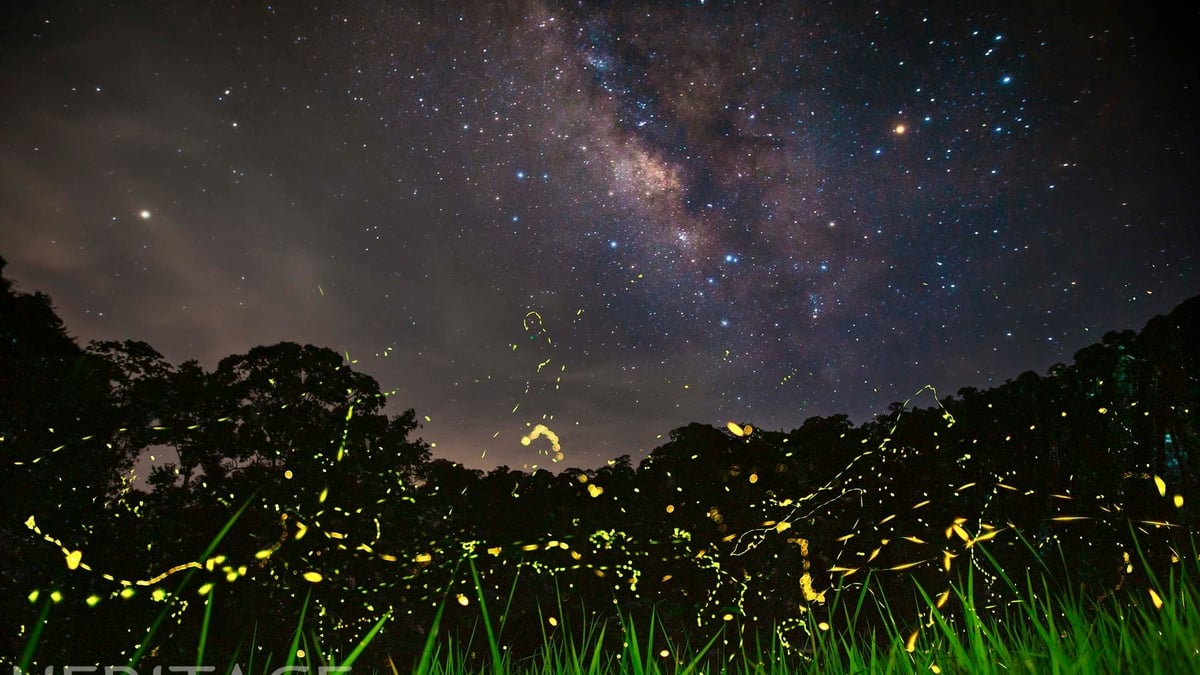
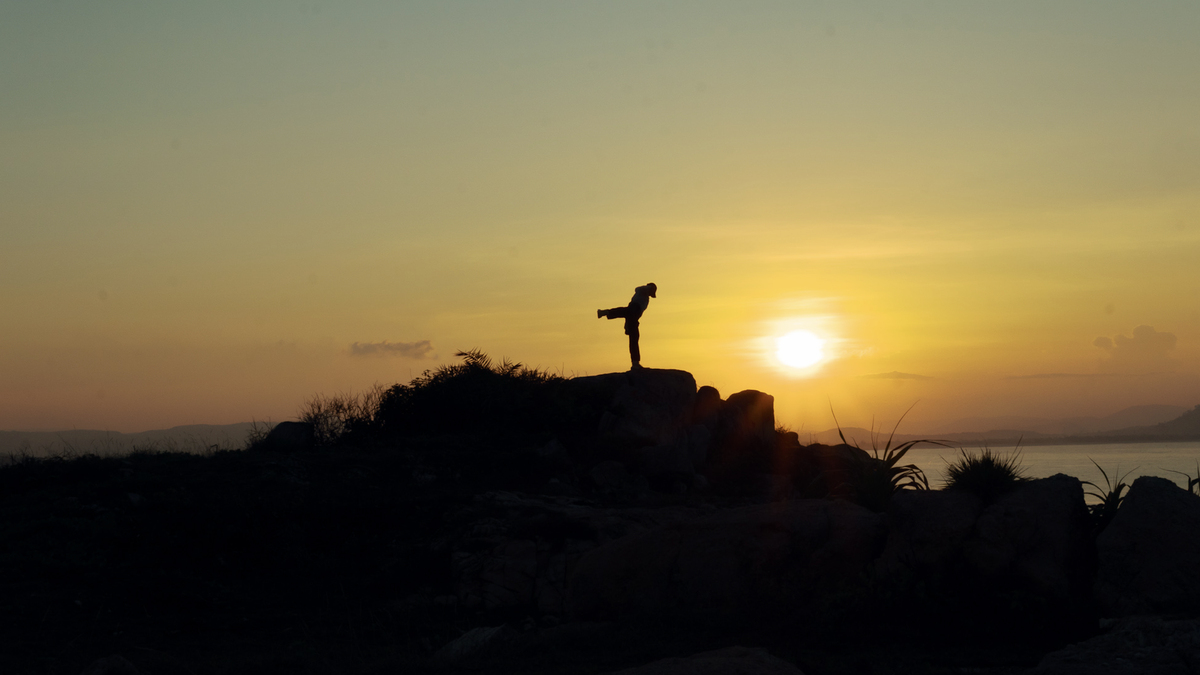
![[Photo] National Assembly Chairman Tran Thanh Man meets with Thai Prime Minister Paetongtarn Shinawatra](https://vphoto.vietnam.vn/thumb/1200x675/vietnam/resource/IMAGE/2025/5/15/e71160b1572a457395f2816d84a18b45)


![[Photo] Prime Minister Pham Minh Chinh receives Country Director of the World Bank Regional Office for Vietnam, Laos, Cambodia](https://vphoto.vietnam.vn/thumb/1200x675/vietnam/resource/IMAGE/2025/5/15/2c7898852fa74a67a7d39e601e287d48)
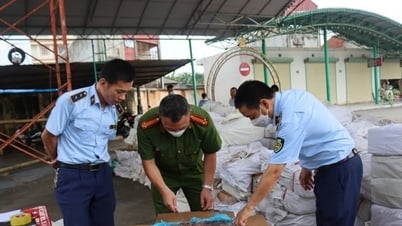



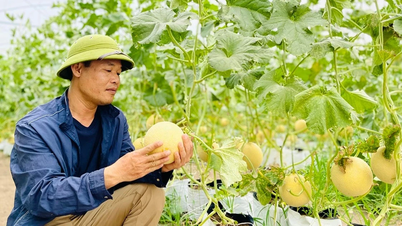
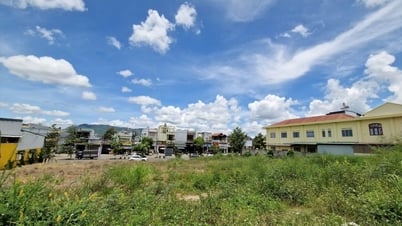











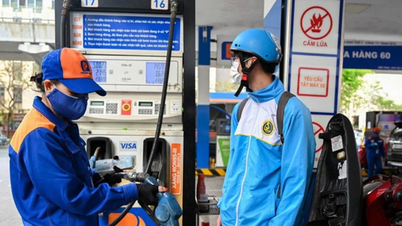
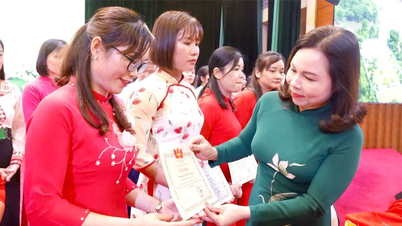
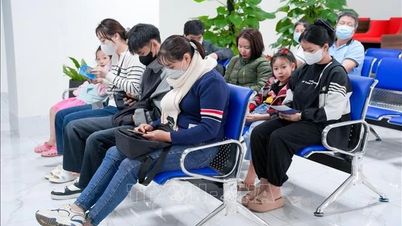


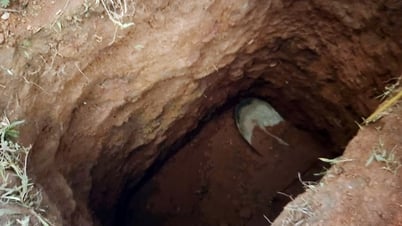







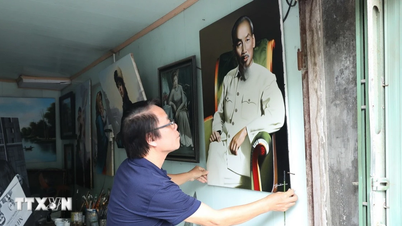



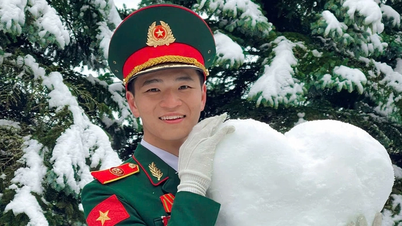





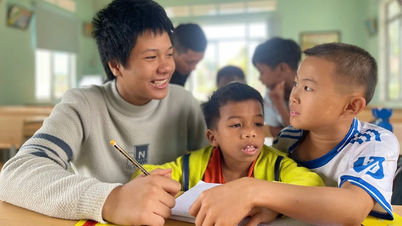


















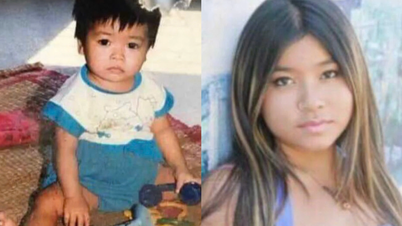













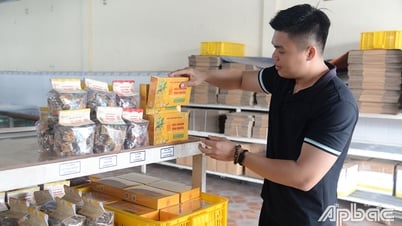
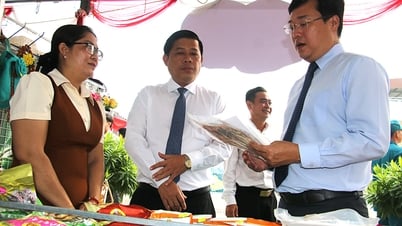


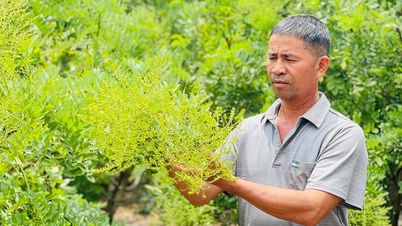
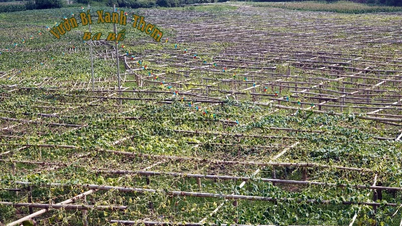

Comment (0)